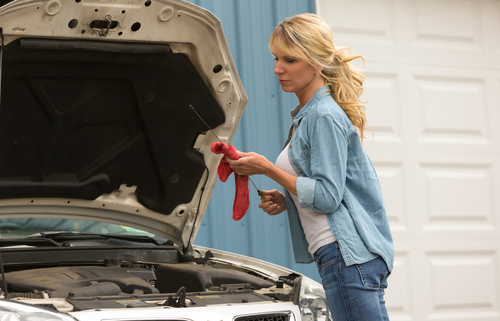How To Do Basic Car Maintenance For Beginners
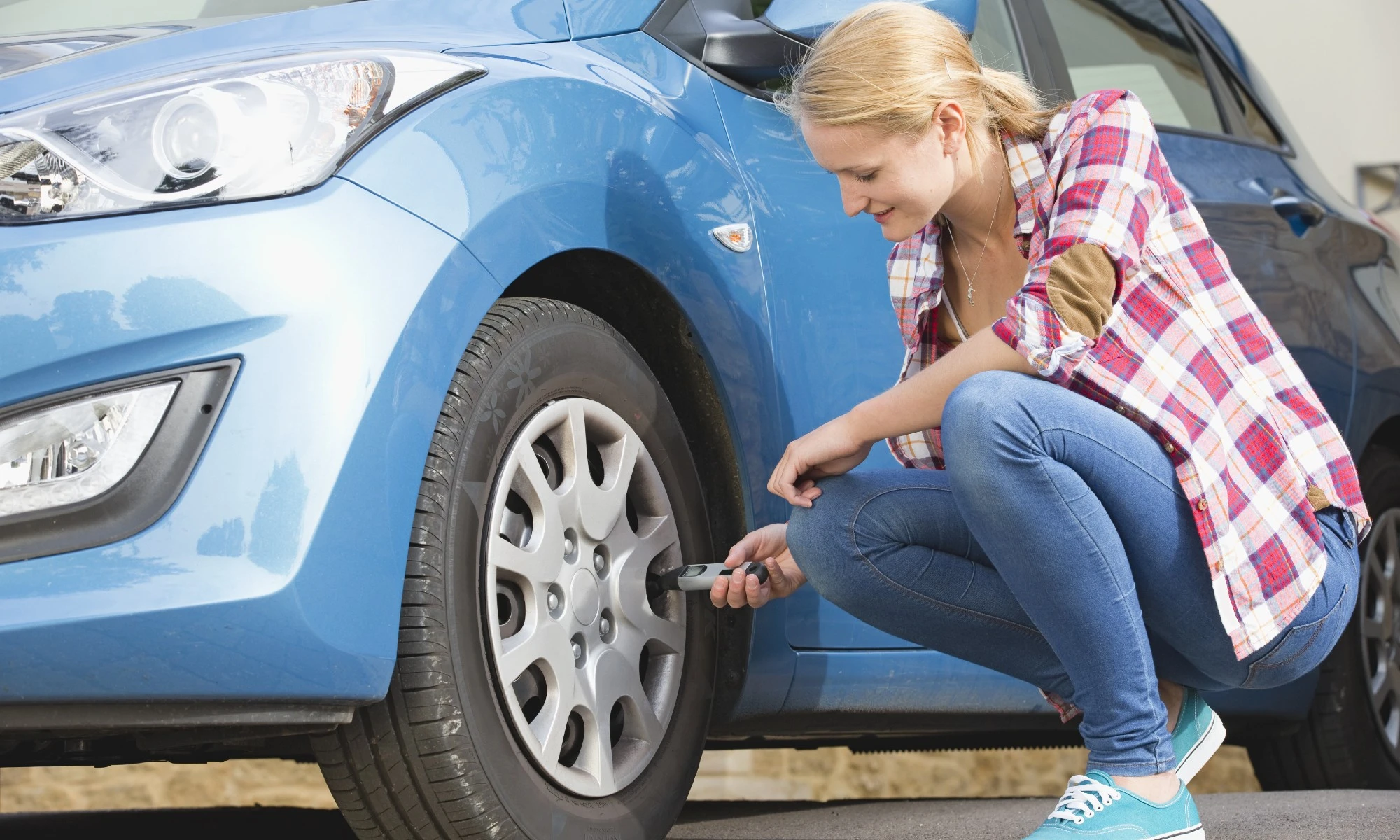
How to do basic car maintenance for beginners – As a car owner, learning the basics of car maintenance can save you time, and money, and potentially prevent breakdowns on the road. While professional mechanics handle more complex issues, there are several tasks you can undertake as a beginner to keep your car in good shape. Basic car maintenance for beginners is essential for cost savings, prolonging the vehicle’s lifespan, ensuring safety, optimizing performance and fuel efficiency, gaining knowledge and empowerment, enhancing reliability, and preserving the resale value.enoughinfo
By investing time and effort into basic maintenance tasks, you can enjoy a smoother, safer, and more economical driving experience. Regular maintenance reduces the likelihood of unexpected breakdowns. By taking care of your car, you can rely on it for daily commuting, long trips, and other transportation needs without worrying about sudden malfunctions or roadside emergencies.
Read Also: How To Do A Basic Car Maintenance Check
A Comprehensive Guide: Basic Car Maintenance For Beginners
This article will provide a comprehensive guide to basic car maintenance, empowering you to take control of your vehicle’s well-being. By following these simple steps, you’ll be able to maintain your car’s performance, extend its lifespan, and ensure your safety on the road.
1. Regularly Check and Change Fluids:
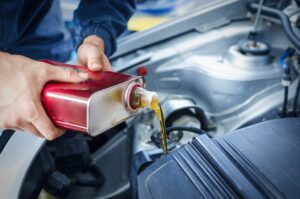
Fluids are the lifeblood of your car’s systems, and it’s crucial to keep them at the proper levels and change them as recommended. Here are the essential fluids to monitor:
a) Engine Oil: Check the oil level regularly using the dipstick. Change the oil and oil filter as per the manufacturer’s guidelines.
b) Coolant: Maintain the proper coolant level and check for any leaks. Flush and replace the coolant according to the manufacturer’s recommendations.
c) Transmission Fluid: Refer to your vehicle’s manual to locate the transmission dipstick and check the fluid level. Follow the manufacturer’s instructions for changing the transmission fluid.
d) Brake Fluid: Inspect the brake fluid level and top it up if necessary. If the brake fluid appears dark or contaminated, have it flushed and replaced.
2. Keep Your Tires in Optimal Condition:
Your car’s tires directly affect its performance, handling, and safety. Follow these steps to maintain them properly:
a) Tire Pressure: Check the tire pressure regularly using a tire pressure gauge and adjust it according to the recommended levels specified in your car’s manual.
b) Tire Tread: Monitor the depth of the tire tread. If it becomes too shallow, it’s time to replace your tires for improved traction and safety.
c) Tire Rotation: Regularly rotate your tires to ensure even wear. Consult your vehicle’s manual for recommended rotation intervals.
d) Wheel Alignment: If you notice uneven tire wear or your car pulling to one side, it may require a wheel alignment. Visit a professional mechanic to adjust the alignment.
3. Pay Attention to the Brakes:
Properly functioning brakes are vital for your safety. Here’s how to maintain them effectively:
a) Brake Pads: Inspect the brake pads for wear. If they appear thin or worn down, replace them promptly to prevent damage to the rotors.
b) Brake Discs/Rotors: Check the brake discs/rotors for signs of warping or excessive wear. Replace them if necessary for optimal braking performance.
c) Brake Fluid: As mentioned earlier, monitor the brake fluid level and quality. If it’s discolored or contaminated, have it replaced by a professional.
Read Also: How To Do Basic Car Repairs(Ultimate Guide)
4. Regularly Replace Filters:
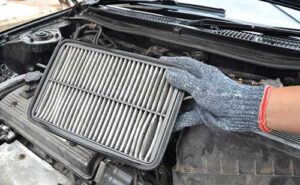
Filters play a crucial role in maintaining the performance of your car’s systems. Here are the filters you need to keep an eye on:
a) Air Filter: Check and replace the air filter periodically, as a clogged filter can negatively impact fuel efficiency and engine performance.
b) Oil Filter: When changing your engine oil, replace the oil filter as well. This ensures that clean oil circulates throughout the engine.
c) Cabin Air Filter: If your car is equipped with a cabin air filter, follow the manufacturer’s instructions to replace it regularly for clean and fresh airflow inside the vehicle.
5. Maintain the Battery:
A healthy battery is essential for starting your car reliably. Consider the following tips:
a) Battery Terminals: Inspect the battery terminals for corrosion or loose connections. Clean them with a battery terminal cleaner and tighten any loose connections.
b) Battery Fluid Level: Some car batteries require maintenance and may have removable caps to check and refill the battery fluid. If your battery has removable caps, follow the manufacturer’s instructions to maintain the proper fluid level.
c) Battery Life: Monitor the age and condition of your battery. If it’s more than three years old or showing signs of weakness (e.g., slow cranking, dim lights), consider replacing it to avoid unexpected failures.
6. Take Care of the Exterior:
Keeping your car’s exterior clean and well-maintained not only enhances its appearance but also protects the paint and body. Follow these tips:
a) Washing: Regularly wash your car using a mild car wash soap and a soft sponge or microfiber cloth. Rinse thoroughly and dry to prevent water spots.
b) Waxing: Apply a coat of wax to protect the paint and provide a glossy finish. Waxing should be done every few months or as recommended by the product instructions.
c) Rust Prevention: Check for any signs of rust or paint damage, especially in vulnerable areas like the wheel wells and undercarriage. Touch up paint or use rust prevention products as needed.
d) Windshield and Wipers: Inspect the windshield for chips or cracks, and replace damaged windshields promptly. Check the condition of the wiper blades and replace them if they leave streaks or show signs of wear.How to do basic car maintenance for beginners
Read Also: How To Do Basic Car Detailing
7. Pay Attention to Warning Lights:
Modern cars are equipped with various warning lights that indicate potential problems. Familiarize yourself with the common warning lights in your vehicle’s manual and take appropriate action if they illuminate. Ignoring warning lights can lead to further damage or unsafe driving conditions.
8. Keep a Maintenance Schedule:
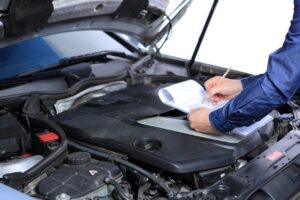
Maintaining a regular maintenance schedule ensures that you address necessary tasks in a timely manner. Create a schedule for routine maintenance items such as oil changes, filter replacements, and tire rotations. Refer to your car’s manual for recommended intervals and make a note of the dates in a calendar or maintenance log.
9. Find a Reliable Mechanic:
While you can handle many basic maintenance tasks, it’s important to have a trusted mechanic for more complex repairs and inspections. Research local mechanics or ask for recommendations from friends and family. Establishing a relationship with a reliable mechanic will give you peace of mind knowing that professional help is available when needed.
Frequently Asked Questions (FAQs):
How often should I change my engine oil?
The frequency of oil changes varies depending on factors such as the type of oil used and your driving conditions. As a general guideline, it is recommended to change the engine oil every 3,000 to 5,000 miles or as specified in your vehicle’s manual.
Can I use any type of coolant in my car?
No, it’s important to use the coolant recommended by your vehicle’s manufacturer. Different cars require specific coolant formulations, so refer to the owner’s manual or consult a professional to ensure you use the correct coolant type.
How do I know if my brake pads need replacement?
One common indicator is a screeching or squealing noise when applying the brakes. Additionally, if your brake pedal feels soft or if you notice reduced braking performance, it’s a sign that your brake pads may be worn and require replacement.
Do I need to rotate my tires if my car has front-wheel drive?
Yes, tire rotation is necessary regardless of whether your car has front-wheel drive, rear-wheel drive, or all-wheel drive. Tire rotation helps ensure even wear across all tires and maximizes their lifespan.
How do I maintain the battery when my car is not in use for an extended period?
If you plan to leave your car unused for an extended period, it’s advisable to disconnect the battery or use a battery maintainer/charger to prevent it from draining. Additionally, storing the car in a cool, dry place can help preserve the battery’s condition.
Read Also: How To Do Basic Car Painting (All You Need To Know)
Can I wash my car with dish soap?
While dish soap can remove dirt and grime, it is not recommended for washing your car. Dish soap is designed to remove grease and can strip off the protective wax on your car’s paint. Instead, use a mild car wash soap specifically formulated for automotive use.
What should I do if a warning light comes on while driving?
When a warning light illuminates on your dashboard, it indicates a potential issue with a specific system in your car. It’s important to refer to your vehicle’s manual to identify the warning light and understand its meaning. If it’s a critical warning light, such as the oil pressure or brake warning light, it’s best to pull over safely and seek professional assistance.
How often should I have my car inspected by a mechanic?
Regular inspections by a professional mechanic are crucial for identifying potential problems and ensuring the overall health of your vehicle. It is recommended to have your car inspected at least once a year or as per the intervals mentioned in your vehicle’s manual.
Can I perform all car maintenance tasks by myself?
While many basic car maintenance tasks can be done by beginners, some complex repairs and inspections require the expertise of a professional mechanic. It’s important to know your limits and seek professional assistance when necessary to ensure the safety and proper functioning of your vehicle.
Is it worth investing in a maintenance log or app?
Keeping a maintenance log or using a dedicated app can be beneficial as it helps you track the maintenance tasks performed on your vehicle, provides reminders for upcoming services, and can serve as a record for potential buyers if you decide to sell your car in the future. It’s a useful organizational tool to stay on top of your car’s maintenance needs.
Remember, if you have any concerns or questions about specific maintenance tasks, it’s always recommended to consult a professional mechanic or refer to your vehicle’s manual for accurate and reliable information.
Read Also: How To Start A Car With A Bad Fuel Pump
Conclusion
Learning the basics of car maintenance empowers you as a car owner and allows you to take proactive steps to keep your vehicle running smoothly. By following the guidelines in this comprehensive guide, you’ll be able to perform essential tasks such as checking and changing fluids, maintaining tires, caring for brakes, replacing filters, taking care of the battery, keeping the exterior clean, and addressing warning lights. Remember, regular maintenance not only prolongs the lifespan of your car but also ensures your safety on the road.

